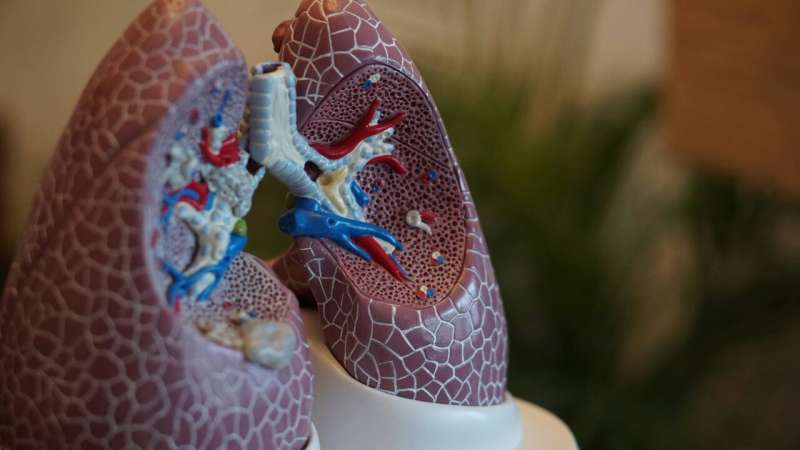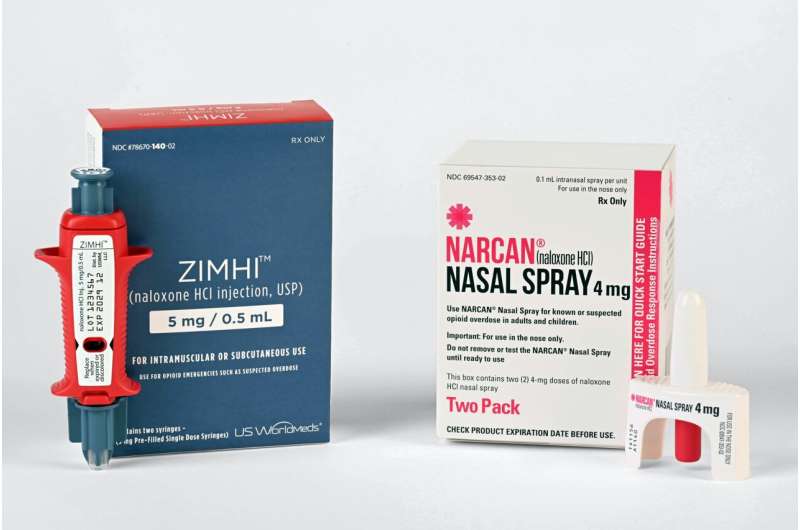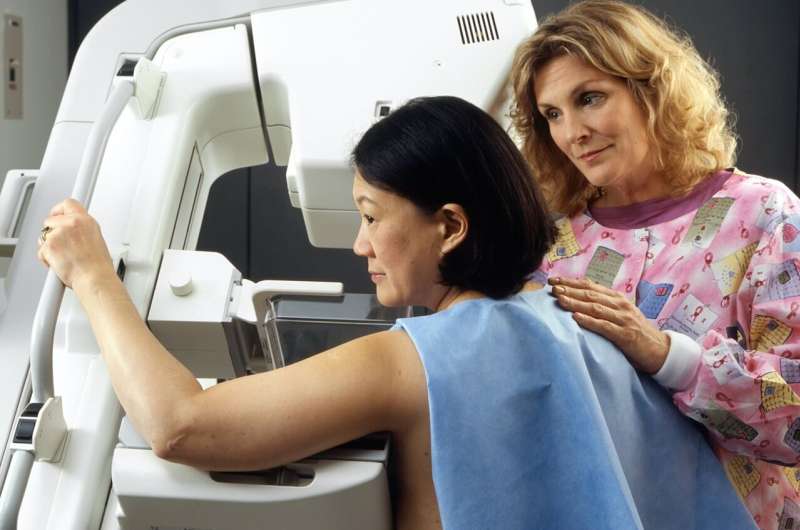Bronchoscopic Biopsy Techniques as Effective and Safer Alternatives to Percutaneous Methods for Lung Biomarker Testing

New guidelines show that bronchoscopic lung biopsy techniques are as effective as percutaneous methods for biomarker testing while offering greater safety, especially with modern navigational technology.
Recent guidelines developed through a collaboration between the American Association of Bronchology and Interventional Pulmonology (AABIP) and the International Association for the Study of Lung Cancer (IASLC) highlight significant advances in lung biopsy procedures. Specifically, they confirm that guided-bronchoscopy sampling provides tissue of comparable adequacy for comprehensive biomarker testing as traditional percutaneous, CT-guided biopsies. Additionally, bronchoscopic methods using modern navigational technologies demonstrate a superior safety profile, with fewer complications such as pneumothorax and bleeding.
Typically, linear endobronchial guided sampling is the preferred approach for mediastinal staging in lung cancer. Parenchymal lung lesions, on the other hand, are accessed via either percutaneous or bronchoscopic approaches. Despite the widespread use of these techniques, there has been limited direct comparison of their diagnostic accuracy and safety.
Published in the Journal of Thoracic Oncology, the new guidelines evaluate evidence demonstrating that bronchoscopic biopsies are not only sufficient for detailed molecular and biomarker testing but also offer fewer risks to patients. Endobronchial ultrasound (EBUS), in particular, still holds up well against mediastinoscopy for lymph node evaluation, presenting a lower morbidity option.
Key findings from the review include that bronchoscopy-guided sampling yields tissue samples of similar molecular quality to percutaneous biopsies, with a consistently better safety profile. These minimally invasive techniques, especially when utilizing advanced navigation systems, reduce the incidence of serious adverse events like pneumothorax and bleeding.
Dr. Abhinav Agrawal, an expert in interventional pulmonology, emphasizes that these recommendations should influence clinical practice by guiding physicians towards safer, equally effective tissue sampling methods. Furthermore, they are instrumental in designing future clinical trials focused on lung cancer biomarkers, promoting safer and more efficient lung cancer diagnosis and management.
For more detailed information, consult the full guideline published in the Journal of Thoracic Oncology.
Source: https://medicalxpress.com/news/2025-07-bronchoscopic-lung-biopsy-techniques-percutaneous.html
Stay Updated with Mia's Feed
Get the latest health & wellness insights delivered straight to your inbox.
Related Articles
Decline in Over-the-Counter Naloxone Sales After Initial Increase
Initial increases in over-the-counter naloxone sales following its 2023 availability were short-lived, with sales declining rapidly and remaining low, impacting efforts to combat the opioid crisis.
Revolutionary AI Technology Identifies Small Brain Lesions in Children with Epilepsy
A new AI tool developed at Murdoch Children's Research Institute significantly improves the detection of small brain lesions responsible for epilepsy in children, enabling faster diagnosis and treatment.
Understanding How Breast Tissue Density Influences Breast Cancer Risk
Breast tissue density significantly impacts breast cancer risk and detection. Women with dense breasts face higher risks and challenges in early diagnosis, emphasizing the importance of awareness and personalized screening.
New Study Finds Strong Link Between WTC Toxic Exposures and Lung Cancer Risk
A recent study links toxic exposures at Ground Zero during 9/11 to a nearly threefold increase in lung cancer risk among responders, highlighting ongoing health issues decades after the tragedy.



